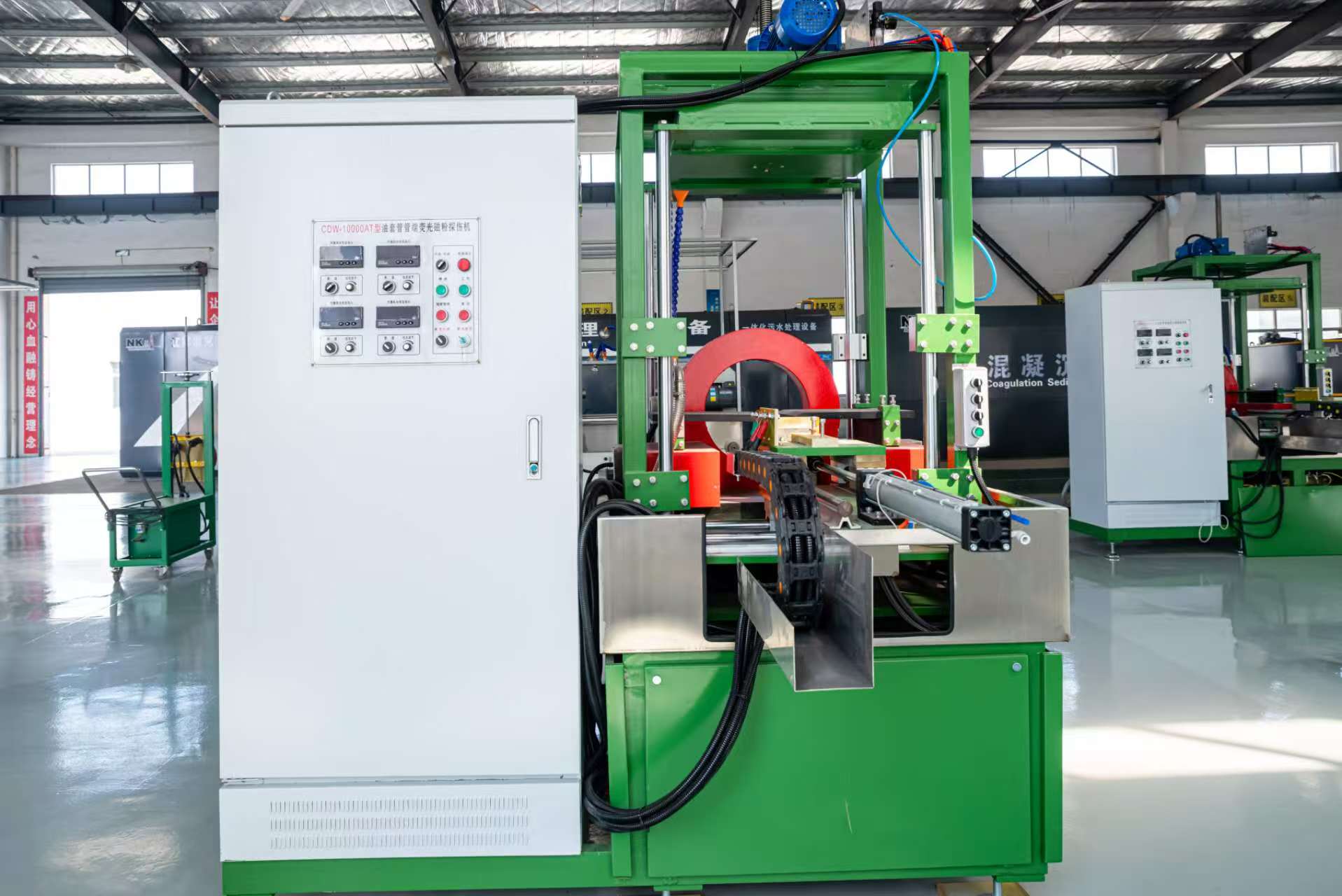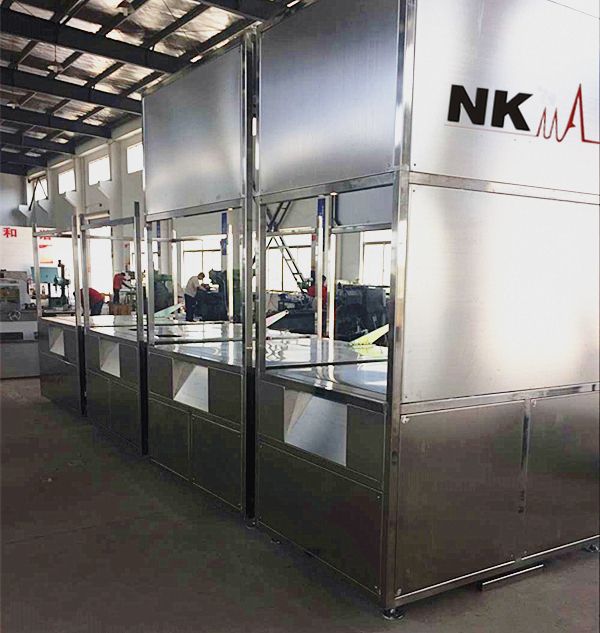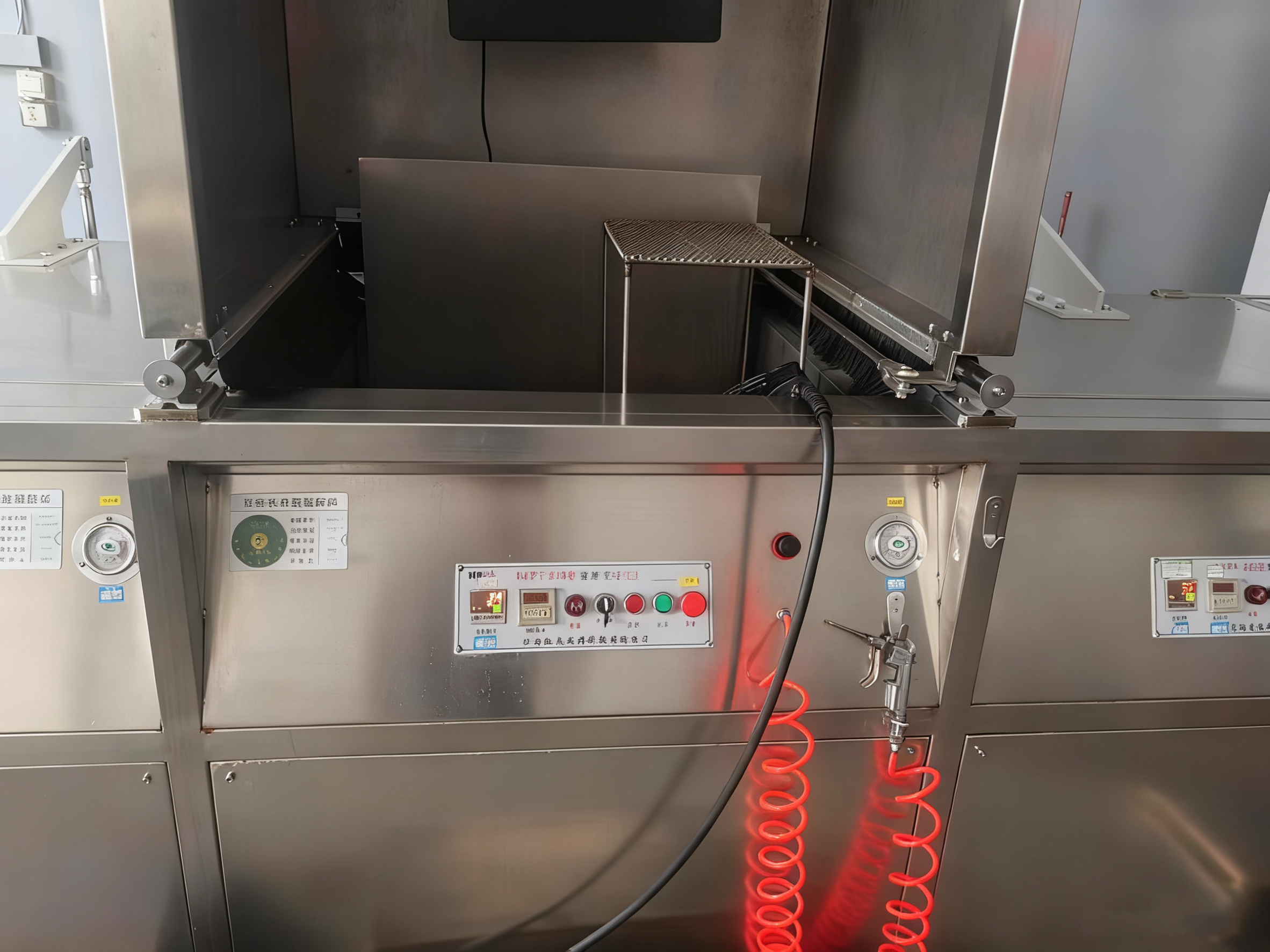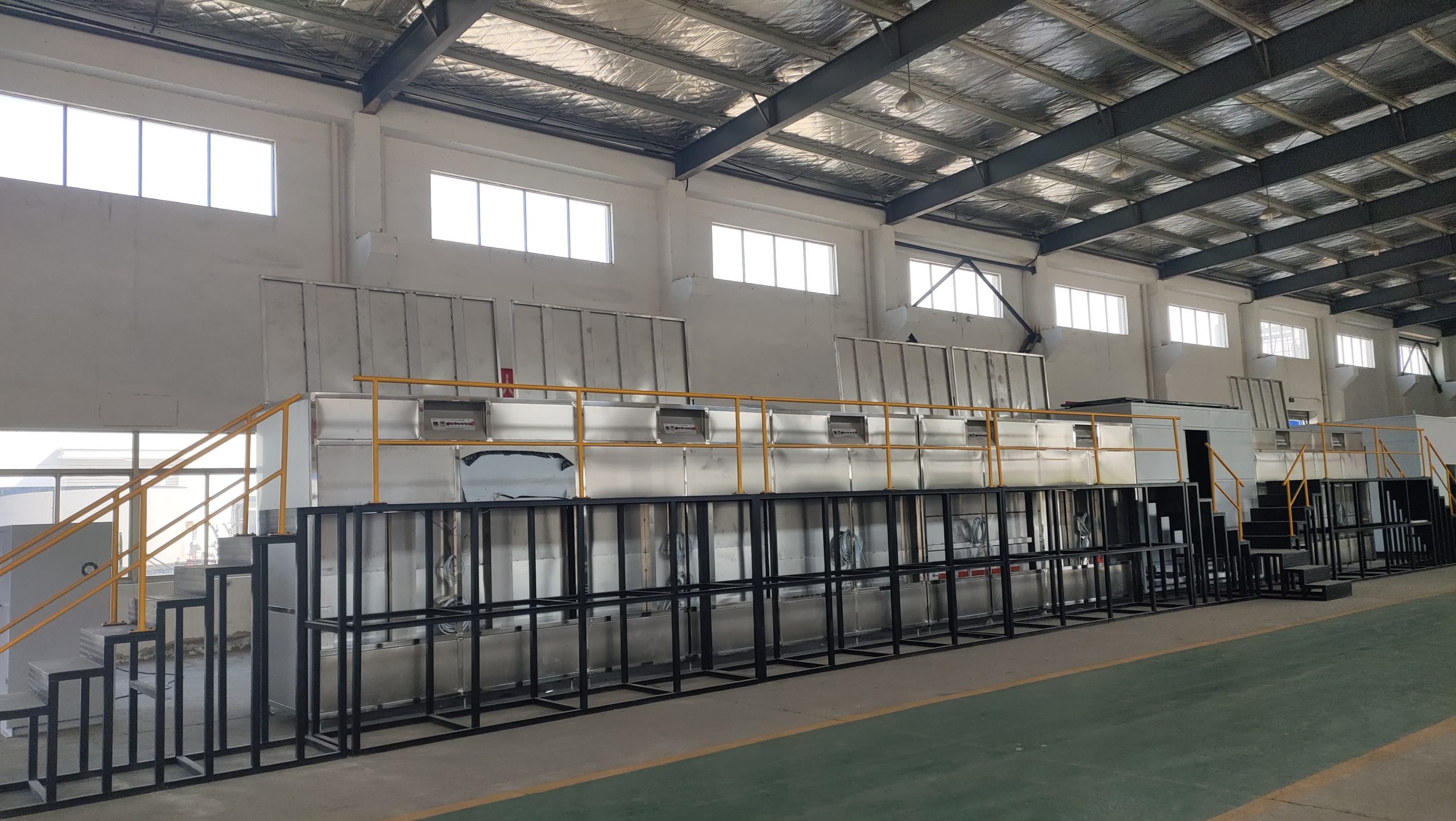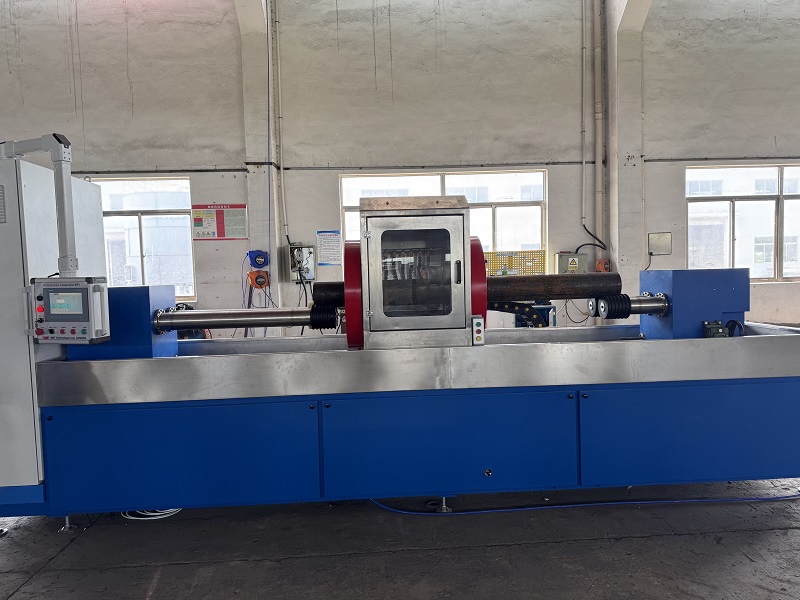Advanced Non-Destructive Testing with Customized Penetrant Testing Equipment
Water-washable penetrant inspection is one of the most widely applied non-destructive testing (NDT) methods in industrial quality control. Known for its ease of use, high efficiency, and cost-effectiveness, this method is ideal for detecting surface-breaking defects such as cracks, porosity, and cold shuts on both metallic and non-metallic components.
There are two main types of water-washable penetrant testing:
-
Water-Washable Color Contrast Penetrant Inspection
-
Water-Washable Fluorescent Penetrant Inspection
These methods rely on capillary action to draw penetrant into surface flaws. Excess penetrant is then removed with water, followed by the application of a developer to draw penetrant out of the flaws for visual inspection under visible or UV light.
Process Flow (See Fig. 6-1)
The standard procedure includes:
-
Pre-cleaning
- Penetrant application (color or fluorescent)
-
Dwell time (varies by material and defect type)
-
Water wash (removal of excess penetrant)
-
Drying
-
Developer application (wet, non-aqueous, or dry powder type)
-
Inspection under proper lighting
-
Post-cleaning
Applications of Water-Washable Penetrant Testing:
This method is suitable for:
-
Large-size or large-area components
-
Rough surface parts such as sand castings
-
Threaded and slotted workpieces
-
Narrow and deep surface-opening defects
-
General surface crack and porosity detection when ultra-high sensitivity is not required
✅ Advantages of Water-Washable Penetrant Testing
-
No post-emulsification required
The excess penetrant can be directly removed using water, simplifying the process compared to post-emulsifiable penetrant methods. -
Short processing time
This method offers a relatively short inspection cycle, making it ideal for high-throughput production lines. -
Versatile for most defect types
When combined with a high-sensitivity penetrant, this method is capable of detecting fine and narrow cracks, porosity, and other open-to-surface discontinuities. -
Broad material compatibility
Suitable for a wide variety of components, including threaded parts, keyed shafts, welds, and castings with complex geometries. -
Low equipment and inspection cost
The process requires minimal consumables, easy-to-operate equipment, and less labor intensity, offering cost-effective inspection solutions. -
Compatible with customized inspection stations
Easily integrated into Customized Penetrant Testing Equipment, which can be tailored to fit specific workpiece types and production environments.
❌ Disadvantages of Water-Washable Penetrant Testing
-
Lower sensitivity compared to post-emulsifiable systems
Especially for shallow, wide surface defects, it may result in under-detection or missed indications. -
Poor repeatability for retesting
Once washed, penetrants cannot be reapplied to the same flaw with consistent results. Thus, this method is not ideal for scenarios requiring repeated inspections or verification. -
Risk of over-washing
Improper water-washing techniques (e.g., excessive pressure, high temperature, or long rinsing time) may lead to penetrant removal from within defects, reducing indication visibility. -
Complex penetrant formulation
The chemical composition of water-washable penetrants is more sophisticated, including emulsifiers, dyes, and stabilizers, requiring careful handling and storage. -
Low resistance to water contamination
If the penetrant absorbs moisture beyond its designed tolerance, it can become cloudy, separate into phases, or lose sensitivity, especially in humid environments. -
Vulnerability to acid contamination
Acids, especially chromates and strong oxidizers, can severely degrade the effectiveness of water-washable penetrants. In the presence of water, these substances may chemically react with dyes and emulsifiers, leading to reduced flaw visibility and unstable developer contrast.
📌 Our Recommendation: Customized Penetrant Testing Equipment for Water-Washable Method
To overcome these limitations while leveraging its advantages, we offer Customized Penetrant Testing Equipment optimized for the water-washable process. Our systems include:
-
Precision-controlled spray booths, dwell stations, and rinse zones
-
Adjustable water pressure and temperature settings to avoid over-washing
-
High-sensitivity fluorescent penetrant compatibility
-
UV inspection chambers with enhanced visibility and ergonomic design
-
Full automation options for repeatable, efficient, and safe operation
Whether for aviation parts, fasteners, or complex welded structures, our equipment is designed to help you achieve accurate, consistent, and cost-effective penetrant inspection results.
📞 Contact us to learn how we can build your ideal penetrant testing solution — designed for your defects, your components, and your production reality.
✅ Why Choose Us
-
20 years of experience in NDT equipment manufacturing
-
OEM & ODM support for global clients
-
Full after-sales service, training, and spare parts
-
Exported to 30+ countries including Indonesia, Brazil, Egypt, and Vietnam
-
CE-certified, factory-direct supply with competitive pricing


